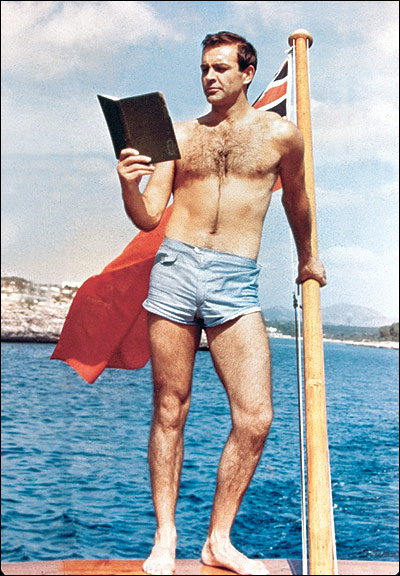Dens of Inequity



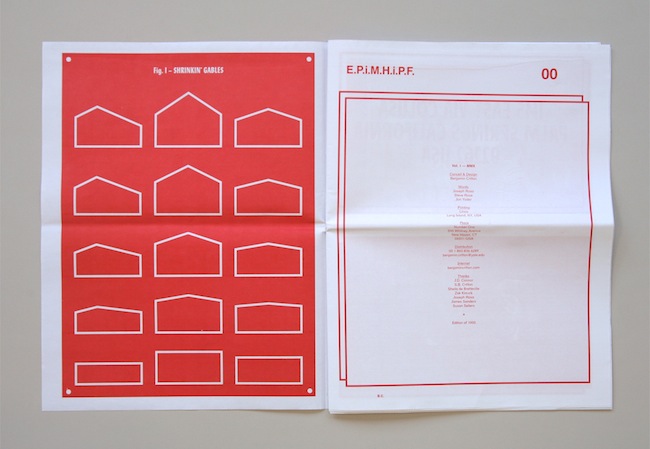
images via
Spreads from Benjamin Critton's project, EVIL PEOPLE in MODERNIST HOMES in POPULAR FILMS. A publication printed in a pleasing red/yellow colour combinations, and includes quotes, diagrams, film stills, essays and more, delving into the relationship between architecture and cinema, and the association between ill-morals, vices and evil masterminds with modernist homes, traced through films along the lines of Diamonds Are Forever, The Big Lebowski, Blade Runner, L.A Confidential and Twilight amongst others.
Ideas like these interest me - I think about my embroidery floor plans of fictional settings from film, television and literiture connected by also their dual locations - existing in some manner in the 'real world' while only wholly residing in the imagination. The cliches 'picking up the common thread', and 'that nothing is ever a coincidence' are phrases oft repeat in the many murder mystery stories and screen adaptations I digest and that act as a sort of back bone to my practice.
I recently posted some photos of rock stars in their parents' houses and I was struck by how Frank Zappa and David Crosby were attired to seem in sync with their surroundings, while their 'modern dress', long tresses and full facial hair were at odds with the more conventional clothes of their parents. The photo essay was intended to highlight the different lifestyles and ideas between the different generations I believe, and this sort of contradictory outcome of matching someone to a surrounding meant to represent 'old' is intriguing.
I think about characters and their personalities reflected in their environs, and I can understand the cold, shiny surfaces, the hard right angles and the looming rooftop overhangs that cast ominous shadows mirroring the mentalities of the people who live in them. The character must embody their abodes and vice-versa. The brutalist nature of the buildings is apparent in the architecture, scale and materials. Grand concrete cubes with misleading panels of glass maybe not so that one can see in the house, but that whoever is inside can see them coming.
The 'evil people' of these popular films could perhaps be described as cold, clinical, calculating, corrupt, conniving, controlling and cruel, while also being charming, charismatic, clever and compelling. (I have run out of apt adjectives beginning with 'C' now), and possibly the same could be said about their dwellings.
I suppose this is why Ernst Blofeld only wears grey.
on a side-note, check out Critton's CV. As someone who is trying to wrangle a job out of Sweden (who is not being particularly forthcoming about it) I have taken a particular interest in other people's curriculum vitaes at present.
Murder on the Orient Express
The Passenger
CinemaScope
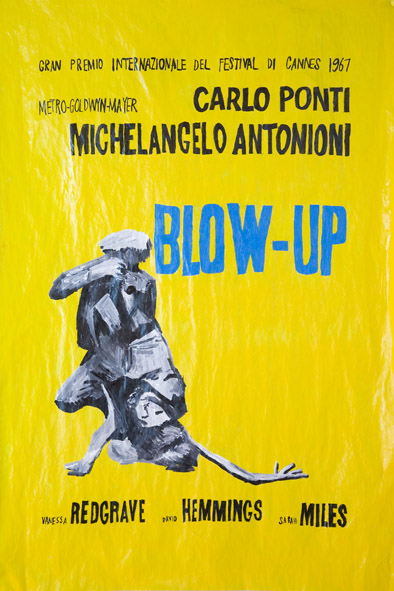
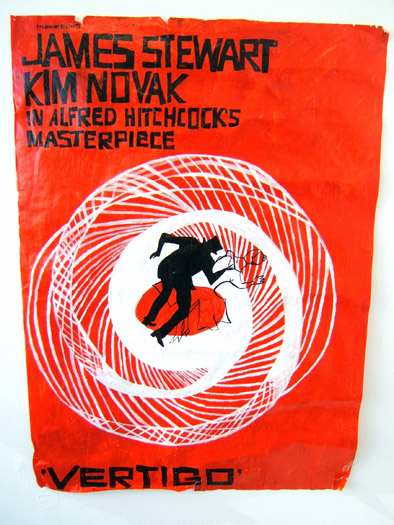
ERICA VAN ZON
Blow Up
2007
Acrylic on newsprint
Vertigo
2007
Acrylic on newsprint
Posters of two of my favourite films by New Zealand artist Erica van Zon. Explore her new website for more amazing works appropriating cinematic references and scenarios.
Documented Movement

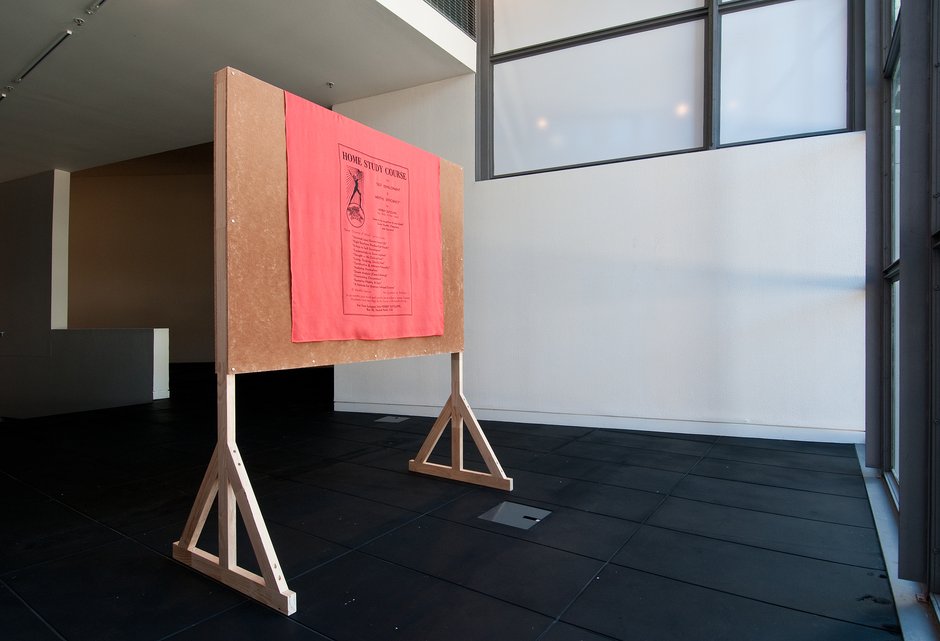
LOUISE MENZIES
Letters to Students of the Radiant Life
2010
Adam Art Gallery, University of Victoria, 2010-2011
Wellington
Photographs Robert Cross
via
At Sea

Tintin, Captain Haddock and Snowy about to be peppered by enemy fire, after the Captain got sloshed and decided to burn the oars of their dinghy because Tintin looked cold.
The Adventures of Tintin: The Secret of the Unicorn.
via
Grim Rieper







My costume for this halloween was Pauline Rieper/Parker, one half of the notorious Parker-Hulme teenage murdering duo, found guilty in Christchurch, New Zealand, in 1954 for the murder of Pauline's mother, thus providing the basis for Peter Jackson's 1994 film Heavenly Creatures.
Together they created an elaborate fantasy realm, 'The Fourth World', and hoped to sell their epic tales of adventure for adaptation to Hollywood films.
Pauline is best remembered for her detailed diaries, hatred of Orson Welles, and her love of Mario Lanza and Juliet Hulme.
Pauline's mother was viewed as the one stumbling block in the two girls' relationship, as both sets of parents began fearing the friendship bordered on homosexuality, and had decided complete separation was the only way to cure this 'mental illness'. Pauline and Juliet reasoned the only way they could be assured of staying together would be to bludgeon Mrs Rieper with half a brick in a stocking in a secluded part of Victoria Park.
Excerpts from Pauline's diaries:
We have decided how sad it is for other people that they
cannot appreciate our genius . . .
. . . but we hope the book will help them to do so a
little, though no one could fully appreciate us.
To think that so much could happen in so little time,
caused by so few. A terrible tragedy has occurred . . .
Mother woke me this morning and started lecturing me
before I was properly awake, which I thought was somewhat unfair. She
has brought up the worst possible threat now. She said that if my
health did not prove I could never see the Hulmes again. The thought is
too dreadful. Life would be unbearable without Deborah . . .
I rang Deborah immediately as I had to tell someone
sympathetic how I loathed Mother.
One thing Deborah and I are sticking to: through
everything, we sink or swim together.
Anger against Mother boiled up inside me as it is she who
is one of the main obstacle in my path. Suddenly a means of ridding
myself of this obstacle occurred to me. If she were to die . . .
Soft Focus
Blackboard Jungle
Secrets of the Universe
Midas Touch
Baskervilles Hund!
Moonlight Swim
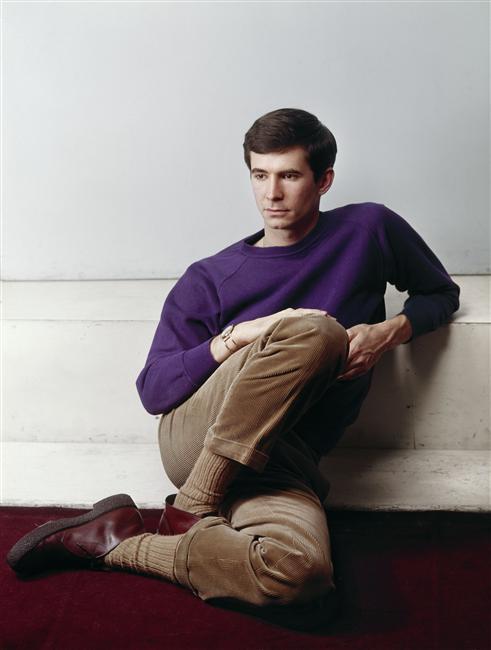
from
Anthony Perkins.
also known for his hit song 'moonlight swim' of 1957, when it reached #24 on the Billboard Hot 100, under the name 'Tony Perkins'. The song was later recorded by Elvis and included on the Blue Hawaii soundtrack.
Now with the knowledge of Anthony Perkins' musical prowess, I feel a Norman Bates breaking into song in some not so crucial scene would have worked rather well.
IL CONFORMISTA
















stills from Bernardo Bertolucci's 'Il Conformista' (1970). probably the best film I have seen this year, and worth watching purely for the stunning cinematography and luscious colours.
also recommended is Bertolucci's fantastic 1962 directorial debut 'La commare secca', which reinforced my preference for Italian cinema over French.
Touché Toupée
Belle de Jour
Behind the Silver Screen



aerial views of a quintessential fictitious american town, and a plywood and papier mache Tara in disrepair.
"40 Acres", the back lot of RKO Studios from 1927-1976. It was Atlanta and 'Tara' in Gone with the Wind, the town of Mayberry in The Andy Griffiths Show, a jungle for Tarzan, the backdrop for episodes of The Adventures of Superman and Star Trek.
"Nothing in Hollywood is permanent. Once photographed, life here is ended. It is almost symbolic of Hollywood. Tara had no rooms inside. It was just a façade. So much of Hollywood is a façade." - David O. Selznick.
Thinking about an embroidered and fabricated 40 Acres facade, to accompany Sherlock Holmes' abode, The Village, and the Overlook Hotel Maze. Also, about an overhead projector in the second hand shop around the corner.












